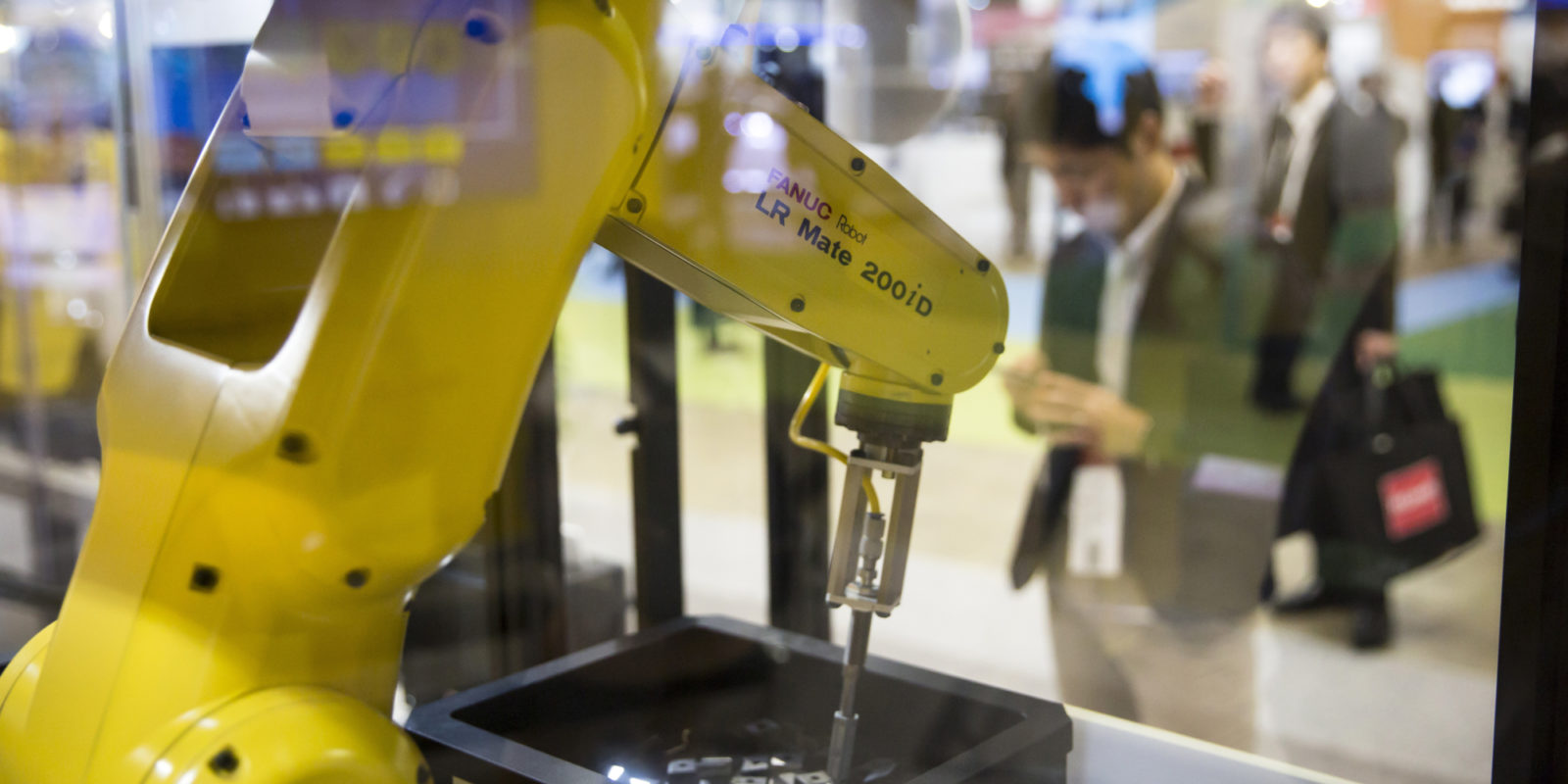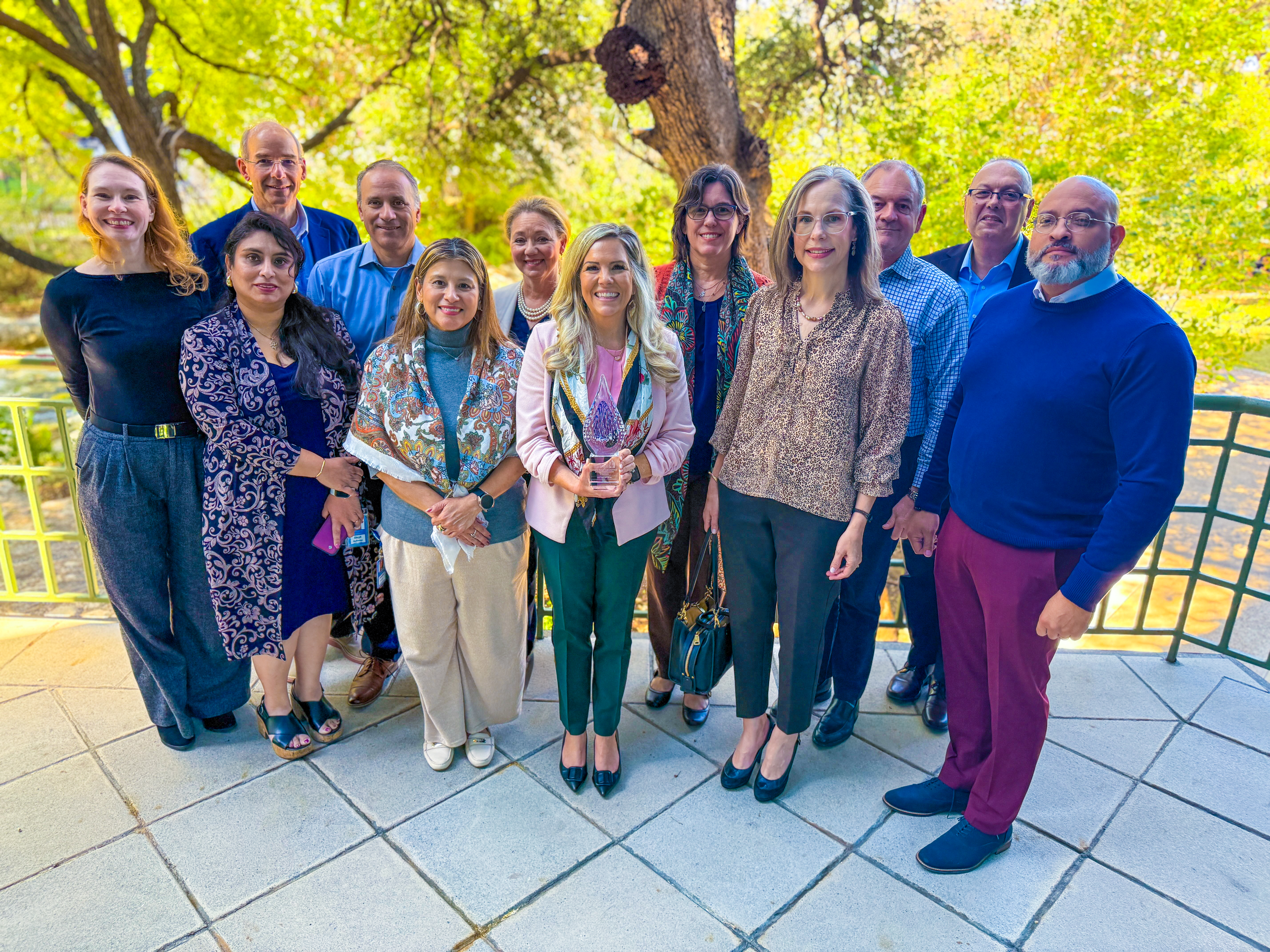Why AI Could Be a Productivity Dynamo – American Enterprise Institute

Analysis of Generative AI’s Economic and Sustainable Development Impact
A Federal Reserve discussion paper, “Generative AI at the Crossroads: Light Bulb, Dynamo, or Microscope?”, provides a framework for assessing the potential economic impact of Generative Artificial Intelligence (GenAI). This analysis evaluates GenAI’s capacity to act as a foundational technology, with significant implications for achieving multiple Sustainable Development Goals (SDGs), particularly those related to economic growth, innovation, and health.
Conceptual Models for AI’s Role in Sustainable Economic Growth (SDG 8 & 9)
The paper proposes three distinct scenarios to conceptualize GenAI’s potential influence on productivity and long-term growth, each with varying implications for SDG 8 (Decent Work and Economic Growth) and SDG 9 (Industry, Innovation, and Infrastructure).
The “Light Bulb” Model: A Limited Boost to Productivity
In this scenario, GenAI provides a one-time productivity enhancement. While it would permanently raise the level of economic output per hour, it would not alter the long-term growth rate once market adoption is complete. This model suggests a positive but finite contribution to the economic growth targets of SDG 8.
The “Dynamo” Model: A General-Purpose Technology for Systemic Change
This more optimistic model positions GenAI as a general-purpose technology, akin to the electric dynamo. It would drive widespread, complementary innovation across the economy, fostering new goods, services, and business efficiencies. This aligns directly with SDG 9’s goal of promoting inclusive and sustainable industrialization and fostering innovation, thereby creating a sustained engine for the economic growth outlined in SDG 8.
The “Microscope” Model: Accelerating Innovation for Global Challenges
Here, GenAI functions as a powerful research tool that fundamentally transforms the innovation process itself. By accelerating scientific discovery, this model presents a pathway to addressing complex global challenges, making it a critical enabler for numerous SDGs beyond just economic considerations.
AI as a Catalyst for Innovation and Sustainable Industrialization (SDG 9)
GenAI’s potential as an “invention of a method of invention” is crucial for achieving the targets of SDG 9. It offers a solution to the increasing difficulty and cost of innovation across industries.
Overcoming the Innovation Crisis
Innovation has become progressively more expensive. AI promises to reverse this trend by enhancing R&D productivity, a key component of building resilient infrastructure and fostering innovation as mandated by SDG 9.
Key Mechanisms for AI-Driven Innovation
A McKinsey report identifies three primary mechanisms through which AI can rescue innovation from its cost spiral:
- Accelerated Design Generation: AI can generate thousands of novel design candidates, such as molecular structures or engineering configurations, at a speed unattainable by human researchers.
- Advanced Simulation: AI surrogate models can replace costly and time-consuming physical testing by simulating complex systems like aerodynamics or drug interactions.
- Streamlined Research Synthesis: AI can automate the tedious process of reviewing and synthesizing vast amounts of scientific literature and technical documentation, removing a significant bottleneck in modern R&D.
Sector-Specific Contributions to Sustainable Development Goals
The application of GenAI has the potential to directly advance specific SDG targets across various sectors.
Advancing Good Health and Well-being (SDG 3)
By accelerating pharmaceutical R&D, GenAI directly supports SDG 3. McKinsey estimates that AI could double R&D productivity in the pharmaceutical sector, leading to faster development of new medicines and treatments and unlocking between $360–560 billion in annual value.
Fostering Sustainable Industry and Infrastructure (SDG 9, 7, 11, 12)
AI’s ability to optimize manufacturing processes and engineering designs contributes to several SDGs.
- SDG 9: Boosting manufacturing productivity by up to 50% promotes sustainable industrialization.
- SDG 7 & 11: Optimized designs can lead to more energy-efficient products and sustainable infrastructure.
- SDG 12: Enhanced process efficiencies support responsible consumption and production patterns by reducing waste.
Implementation and Future Outlook
Adoption Trajectory and Parallels with Historical Technologies
The adoption of GenAI is expected to be a gradual process of patient restructuring rather than immediate disruption, particularly outside of large, tech-savvy firms. This path mirrors the historical adoption of the electric dynamo, which required decades to reshape industry as workflows and factory layouts were redesigned around the technology.
Long-Term Transformative Potential for the SDGs
The most profound impact of GenAI may not be in optimizing existing tasks but in enabling the discovery of new knowledge and solutions. By functioning as both a “dynamo” for the economy and a “microscope” for science, GenAI could become a cornerstone technology for achieving the ambitious targets of the Sustainable Development Goals, helping humanity discover and implement novel solutions to pressing global challenges.
1. Which SDGs are addressed or connected to the issues highlighted in the article?
-
SDG 8: Decent Work and Economic Growth
The article is fundamentally about the economic impact of Generative AI. It discusses whether GenAI will lead to a “one-time productivity boost” or sustained “long-run growth.” This directly connects to SDG 8, which aims to promote sustained, inclusive, and sustainable economic growth, full and productive employment, and decent work for all. The analysis of GenAI’s potential to “raise the level of productivity” and “raise the level of output per hour” is central to this goal.
-
SDG 9: Industry, Innovation and Infrastructure
This goal is heavily featured, as the article frames GenAI as a potential “general-purpose technology” that drives “complementary innovation across the economy” and as a “powerful research tool that transforms the innovation process itself.” It highlights GenAI’s role in enhancing scientific research and upgrading industrial capabilities, particularly in manufacturing and pharmaceuticals. The concept of AI as an “invention of a method of invention” directly supports the innovation aspect of SDG 9.
-
SDG 3: Good Health and Well-being
While not the primary focus, SDG 3 is relevant through the article’s specific examples. The text notes that GenAI could “double pharmaceutical R&D productivity” by generating “thousands of molecular structures” and simulating “drug interactions.” This acceleration of research and development for new medicines directly contributes to the objectives of ensuring healthy lives and promoting well-being.
2. What specific targets under those SDGs can be identified based on the article’s content?
-
Target 8.2: Achieve higher levels of economic productivity through diversification, technological upgrading and innovation.
The entire article revolves around this target. It evaluates GenAI’s potential to be a “light bulb” (temporary productivity boost), a “dynamo” (driving innovation across the economy), or a “microscope” (transforming the innovation process). The discussion on how GenAI can “raise the level of productivity” and serve as a “general-purpose technology” that drives “process efficiencies” directly aligns with achieving higher economic productivity through technological upgrading and innovation.
-
Target 9.5: Enhance scientific research, upgrade the technological capabilities of industrial sectors… encouraging innovation and substantially increasing… public and private research and development spending.
This target is explicitly addressed. The article describes how GenAI can “rescue innovation from its cost spiral” and act as an “invention of a method of invention.” It details mechanisms for enhancing research, such as generating “design candidates with unprecedented speed,” replacing “expensive physical testing” with simulations, and streamlining the synthesis of literature. The mention that GenAI could “double pharmaceutical R&D productivity” and boost “manufacturing by half” directly relates to upgrading technological capabilities and enhancing scientific research.
-
Target 3.b: Support the research and development of vaccines and medicines.
The article provides a clear link to this target by highlighting GenAI’s impact on the pharmaceutical industry. The ability of AI to “generate thousands of molecular structures” and “simulate drug interactions” is a direct form of support for the research and development of new medicines, which is the core of Target 3.b.
3. Are there any indicators mentioned or implied in the article that can be used to measure progress towards the identified targets?
-
Indicator 8.2.1: Annual growth rate of real GDP per employed person.
This indicator is implied throughout the article’s discussion of productivity. Phrases like a “one-time productivity boost that raises output levels” and the potential for GenAI to “raise the level of output per hour” are direct references to the components of this indicator. The central question of whether GenAI affects “long-run growth” is a question about the sustained growth of this metric.
-
Indicator 9.5.1: Research and development expenditure as a proportion of GDP.
The article implies a significant impact on the value and efficiency of R&D spending. The McKinsey estimate that AI could “unlock $360–560 billion annually” and “double pharmaceutical R&D productivity” suggests a massive increase in the output derived from R&D expenditure. This makes the efficiency and impact of R&D spending, a key aspect of this indicator, a measurable outcome of GenAI adoption.
-
Indicator 9.b.1: Proportion of medium and high-tech industry value added in total value added.
This is implied by the article’s focus on GenAI’s impact on high-tech sectors. The prediction that AI could boost “manufacturing by half” and revolutionize pharmaceutical R&D points to a significant increase in the economic value generated by these high-tech industries, which would be reflected in this indicator.
4. Table of SDGs, Targets, and Indicators
| SDGs | Targets | Indicators |
|---|---|---|
| SDG 8: Decent Work and Economic Growth | 8.2: Achieve higher levels of economic productivity through diversification, technological upgrading and innovation. | 8.2.1 (Implied): Annual growth rate of real GDP per employed person, referenced by discussions on raising “output per hour” and long-run growth. |
| SDG 9: Industry, Innovation and Infrastructure | 9.5: Enhance scientific research, upgrade the technological capabilities of industrial sectors… encouraging innovation. | 9.5.1 (Implied): Research and development expenditure as a proportion of GDP, referenced by the potential to “unlock $360–560 billion annually” and “double pharmaceutical R&D productivity.”
9.b.1 (Implied): Proportion of medium and high-tech industry value added in total value added, referenced by boosting “manufacturing by half.” |
| SDG 3: Good Health and Well-being | 3.b: Support the research and development of vaccines and medicines. | No direct indicator mentioned, but the mechanism for progress (accelerated R&D) is clearly described through GenAI’s ability to “generate thousands of molecular structures” and “simulate drug interactions.” |
Source: aei.org

What is Your Reaction?
 Like
0
Like
0
 Dislike
0
Dislike
0
 Love
0
Love
0
 Funny
0
Funny
0
 Angry
0
Angry
0
 Sad
0
Sad
0
 Wow
0
Wow
0











































































